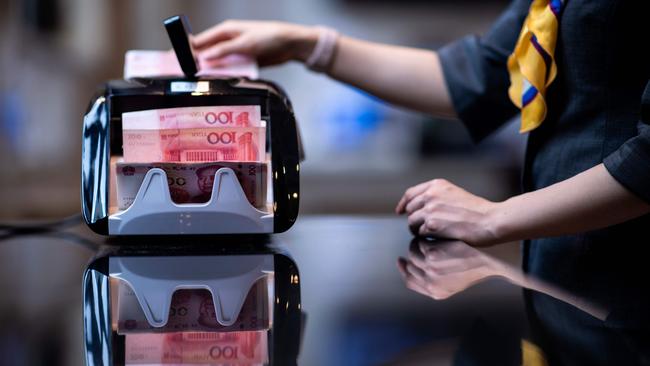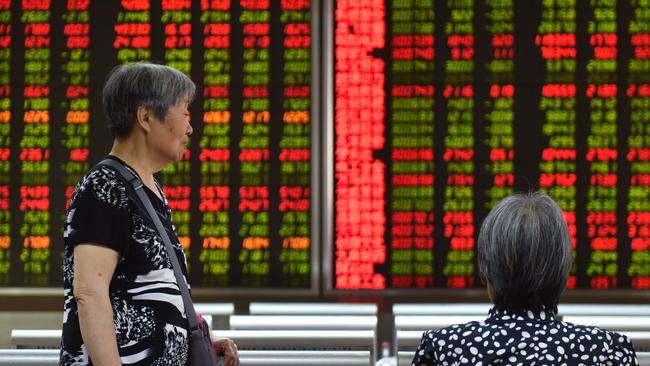China gives market more say in setting yuan’s value
Move likely intended to boost currency’s international appeal rather than to drive it lower, analysts say.

China is giving investors more power in setting the value of the yuan, a move analysts said was likely intended to boost the currency’s international appeal rather than to drive it lower.
In onshore markets, the yuan is allowed to trade only in a narrow range around a daily midpoint set by the central bank. That level is set using previous traded prices from Chinese banks, but until now banks have sometimes adjusted their inputs using what is known as a countercyclical factor.
The result has been to make the currency less volatile and to slow any selloff when the yuan was under pressure.
Chinese banks have recently stopped using the factor, the China Foreign Exchange Trade System said late Tuesday, adding that the suspension could help make the daily fixing mechanism more transparent and efficient. The CFETS is an arm of the People’s Bank of China.
The yuan has surged in recent months, as China’s economy has rebounded and foreign investors have poured money into local bonds and stocks. On Wednesday afternoon Hong Kong time, it traded flat at 6.713 per dollar in both the onshore market and in freer offshore markets in Hong Kong and elsewhere.
“This is not designed to weaken the currency. It is a neutral move,” said Tommy Xie, an economist with OCBC Bank. Instead, he said it showed there was “a higher tolerance right now for the market to go through to trial and error to find an equilibrium level” for the currency.

The yuan’s strength or weakness will ultimately still depend on movements in the dollar, as well as China’s current- and capital-account positions, Mr. Xie said.
Making the system less opaque, and more reflective of market prices, could boost the yuan’s appeal to investors. China’s leaders are eager to attract more foreign capital to their markets and to bolster broader international use of the yuan for trade and finance, rather than having to rely too much on transacting in dollars. At the same time, too weak of a currency could invite fresh U.S. accusations that Beijing is deliberately keeping the yuan undervalued to supercharge exports.
The suspension “has more to do with the gradual liberalisation of the currency and capital account regimes than an attempt to restrain the currency’s appreciation,” wrote Alvin Tan, head of Asia foreign-exchange strategy at RBC Capital Markets, in a note to clients.
The tool was introduced in 2017 and later suspended, before being reintroduced in August 2018.
While the result of the change might not be a steep selloff in the yuan, some say it could at least stem further gains and make future currency moves more unpredictable.
Earlier this month the central bank made it easier for traders to bet the yuan will fall in value, suggesting it wanted to slow any further rally.
Alicia Garcia-Herrero, chief economist for Asia-Pacific at French bank Natixis, said the most recent shift showed the central bank was more uncomfortable with an-ever stronger yuan, which had been bolstered by the comparatively high yields available on Chinese bonds and a string of large initial public offerings. “The set of blockbuster IPOs is clearly not helpful,” she said.
She said authorities wanted to warn investors the currency could move either way and that China wasn’t guaranteeing a nice carry trade. In carry trades, investors borrow in a low-yielding currency to invest in a higher-yielding one.
The Wall Street Journal




To join the conversation, please log in. Don't have an account? Register
Join the conversation, you are commenting as Logout